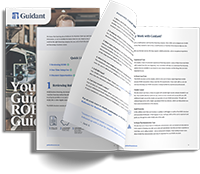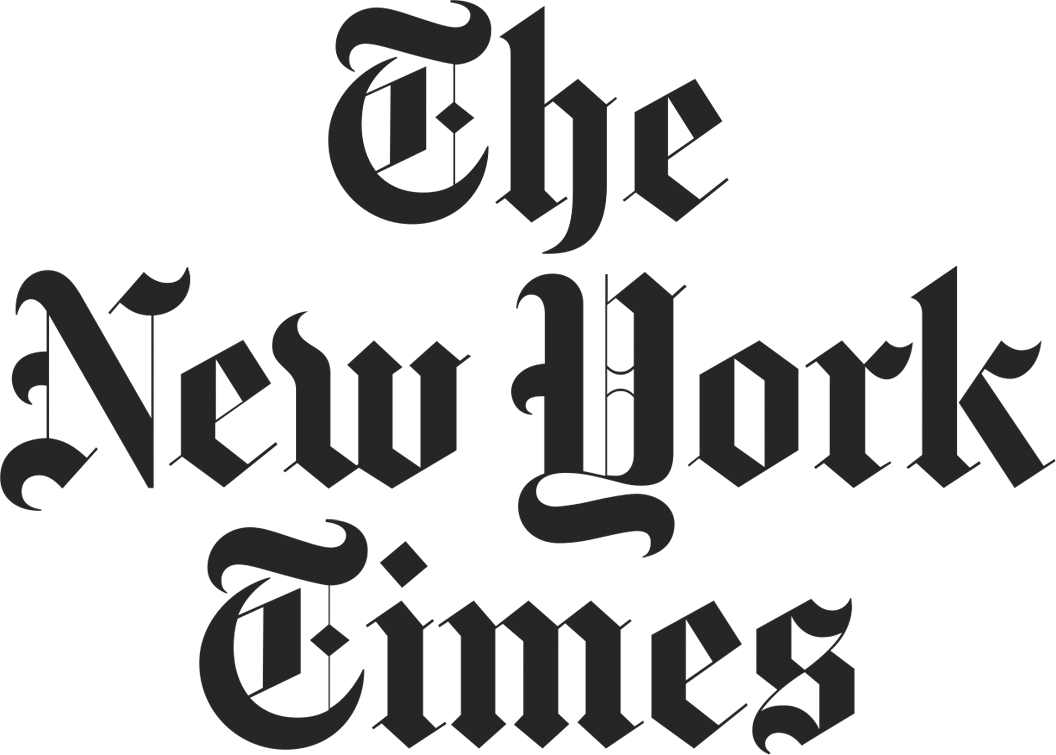Last time you went on an evening walk to find a cool treat in summer, you likely ended up at a frozen yogurt shop. This is due in large part to the fact that the number of frozen yogurt stores has more than doubled over the last five years, increasing from 1,274 in 2010 to 2,896 in 2015. So whether you have a hankering for ‘Vanilla Snow’ at Menchie’s or ‘Caribbean Coconut’ at Red Mango, you’ve got options.
Although the industry forecast is has cooled compared to the past five years, it looks like frozen yogurt shops are continuing to see steady growth:
If you had a hankering for frozen yogurt back in the late 1990s or early 2000s, you probably would’ve satisfied your craving by visiting an ice cream shop that offered a limited selection of the alternative frozen treat. But around 2005, the frozen yogurt industry began to evolve when tart-flavored froyo was introduced and the self-serve model was created. Frozen yogurt stores and franchise concepts began popping up all over the U.S., hundreds of new flavors were born, and a new national pastime took root.
Between 2009 – 2014, the frozen yogurt industry exploded even further. According to an IBISWorld report, industry revenue climbed at an annual rate of 22.7 percent during that period, raking in $1.8 billion. What’s more, the number of frozen yogurt stores nationwide more than doubled — from 1,022 stores in 2009 to 2,910 stores in 2014. Here are a few of the overarching factors that have led to this uphill trend and a look at the future of frozen yogurt.
Health Consciousness Driving Industry Escalation
Frozen yogurt has long been marketed as ice cream’s better-for-you substitute, boasting fewer calories and more nutrients per serving. And when the tart-flavored variety was unveiled by Pinkberry in 2005, it solidified froyo’s health appeal even more by lowering the sugar content. These health benefits have made the frozen treat wildly popular with health-conscious Americans looking for foods with fewer preservatives and less sugar. To appeal to this demographic, chains like Yogurtland, sweetFrog, Orange Leaf and Menchie’s now showcase calories-per-serving signage for each of their flavors, and Red Mango even revealed its strategy of opening new locations near college campuses, where students tend to be more health-centric than the average American.
According to Bob Visse, managing partner of Peaks Frozen Yogurt Bars (located around Bellevue, Washington), the health movement offers an untapped opportunity for frozen yogurt. “I think the trend of consumers seeking healthier alternatives for their meals, snacks and treats will continue,” he said. “This leaves room for froyo stores to experiment with new healthy products and trends as they develop. Juices, smoothies and grab-and-go type items are all areas where froyo stores can potentially widen their appeal and add new revenue streams.”
Sure enough, it’s an area more and more major players are experimenting with. Red Mango now offers green smoothies like Apple Ginger Kale, and TCBY has its Berriyo yogurt smoothies. Other industry giants will likely join the wagon in the near future.
Self-serve Shops Vs. Full-service
The health movement has also made way for the self-serve frozen yogurt model to gain momentum. Rather than relying on workers to fulfill orders, self-serve stores give customers complete autonomy over quantity, flavors and toppings, allowing them to control their intake based on dietary needs. These creations are then charged by weight rather than per flavor/topping.
The self-serve model has become a new favorite by customers and has grown more rapidly than full-service models since 2009. Sixty-nine percent of shops are currently self-serve, as opposed to 21 percent that are full-service. What’s more, the self-serve model allows stores to reduce wage costs as employees aren’t needed to take orders, allowing for fewer workers per store with less training.
California Leads in Number of Frozen Yogurt Stores
It seems that product introductions and expansion strategies of new major players in the frozen yogurt industry are what has driven geographic store distribution. For example, California is considered the domestic birthplace of tart frozen yogurt as that’s where originator Pinkberry is located. Three of the top four largest frozen yogurt franchises also began in California and expanded throughout the state. As such, California holds the highest percentage of froyo stores at 33.1 percent and is the single reason why the West region has the highest number of frozen yogurt stores.
Following the West, the Mid-Atlantic region boasts the second largest number of establishments, with New York holding 14.1 percent. The health-conscious and urban market there is definitely to thank for the expansion to the East coast. Meanwhile, the Southeast region’s hot and humid climate has led to it landing the third-largest number of frozen yogurt establishments, with Georgia and Florida leading the way. The smallest share of frozen yogurt stores is in the inland and colder states of the Plains and New England, which represent just 3.6 percent and 2.9 percent of total establishments, respectively.
Frozen Yogurt’s Average Consumer: Females Age 18 – 35
As the economy continues to advance and households have more money to spend on luxury items, frozen yogurt sales have improved. However, the amount of frozen yogurt consumed depends on age and gender. According to research from IBISWorld, consumers age 18 to 35 buy the most frozen yogurt, accounting for 41.8 percent of sales. The rising do-it-yourself trend in that age range has likely contributed to that high percentage as DIYers enjoy the self-serve model. Those age 51 and older make up the smallest percentage of buyers at 7.5 percent.
It appears that froyo sales are also skewed toward women. This should come as no surprise considering that women are often more mindful of their fat and calorie intake, therefore being swayed by frozen yogurts’ health benefits. Plus, the brightly decorated interiors of many frozen yogurt stores also appeal to women’s tastes.
Industry Saturation Nearing?
According to Peaks’ managing partner Bob Visse, the frozen yogurt industry is quickly approaching “maturation.” With so many stores launching over the past five years, existing stores have experienced increased competition and growth is expected to slow in the next five years as a result. IBISWorld estimates that the industry will grow at a tempered annual rate of 3.4 percent to reach $2.1 billion in revenue by 2019.
“Strong operators will continue to see reasonably good results, yet slower growth than in previous years,” Visse predicts. “Customer demand is still strong and the category has some room to grow, but I think it’s all about the best operators – those who bring something special to the experience.”
For Peaks, that brand differentiation comes in the form of family entertainment and a friendly staff. “We focus on providing our guests the highest quality frozen yogurt and premium toppings we can find, along with really emphasizing a memorable and fun guest experience,” he explained. “We have family friendly entertainment on most weekend nights. We want parents and children to walk out of Peaks saying, ‘Wow, that was an awesome experience!’ To get that, you have to do quite a bit more than just the ordinary fair.”
Buying a Frozen Yogurt Shop
For those interested in owning a frozen yogurt shop, pursuing the franchise route is likely a better option at this time. Signing on with a franchise that boasts an established brand with proven systems can help jumpstart a business, especially when there are so many other frozen yogurt shops vying for consumer dollars. Plus, by becoming a franchisee, you’ll most likely be assigned an exclusive franchise territory. While competition may still exist against other frozen yogurt stores, having your own territory ensure you won’t be rivaling franchisees of the same brand.
Here are a few tips to help you evaluate franchise brands and find the right one.
Most costs associated with starting a frozen yogurt shop come in the form of fixtures and fittings, such as frozen yogurt machines (refrigerators and dispensers), display shelving (including carts to store toppings), chairs and tables for customer seating, and point-of-sale systems like cash registers and credit card machines. Several financing options for frozen yogurt stores exist, including 401(k) rollovers, SBA loans, unsecured loans and equipment leasing. No restaurant experience is required to start a frozen yogurt franchise or to secure financing.
Get pre-qualified for business financing now.
From Power Pomegranate Acai to Salted Caramel Hazelnut Gelato, frozen yogurt has flavors that can satisfy almost any taste bud. While future forecasts look to be toned down compared to the startling growth of the last five years, it’s a safe bet to say frozen yogurt will continue to be a profitable industry for those who go the extra mile to stand out above competitors.

















